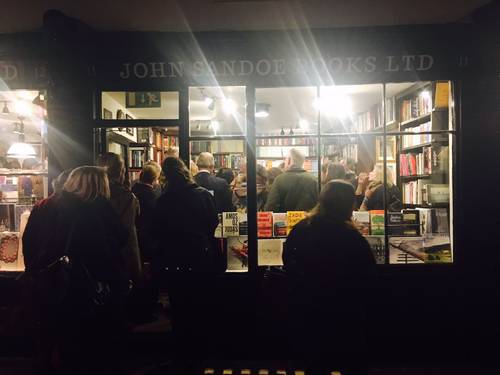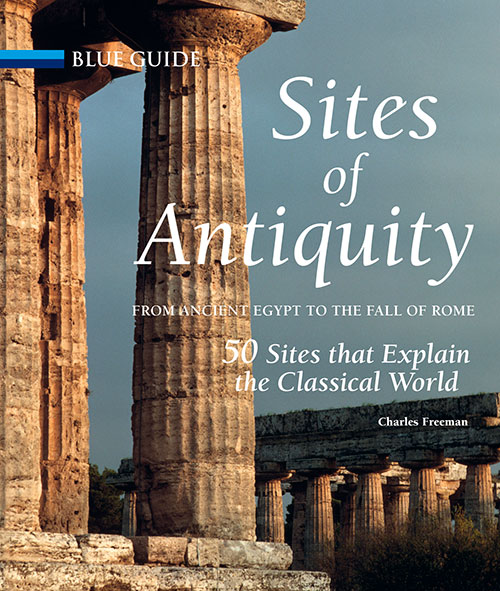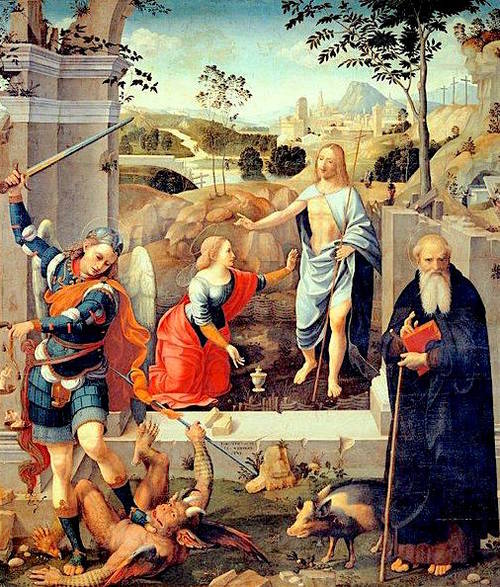
Blue Guide Travels in Transylvania: The Greater Târnava Valley was launched last week at a crammed reception in John Sandoe Books in London. Devotees of the shop will know that there is more floor space in it for books than for people—but luckily the afternoon rain gave way to clear skies and those who could not fit inside took the party onto the pavement. The author of this new Blue Guide, art historian and tour leader Lucy Abel Smith, spoke briefly about her book, which traces the course of the Greater Târnava river, visiting towns, villages, ancient manor houses, high pastures and castles along the way, knocking on doors in search of ever-elusive keys to museums and churches that harbour beautiful medieval altarpieces or works of exquisite stone carving. The Târnava river can be seen as a microcosm of Transylvania itself: it flows through lands that have been historically inhabited by the many peoples who have called this fascinating place home: Hungarian-speaking Székelys at its source above Odorheiu Secuiesc, Saxons at Sighișoara, Hungarians at Criș, Armenians at Dumbrăveni, Jews in Mediaș, Roma at Brateiu and Romanians at Blaj, the town that proudly asserts its identity as the cradle of the Romanian nation (Transylvania was joined to Romania in 1920, after the First World War).
Many thanks to John Sandoe Books for hosting the launch party. Lucy Abel Smith has a house in Transylvania, in the heart of the valley she writes about. She is the founder and organiser of the Transylvanian Book Festival.








